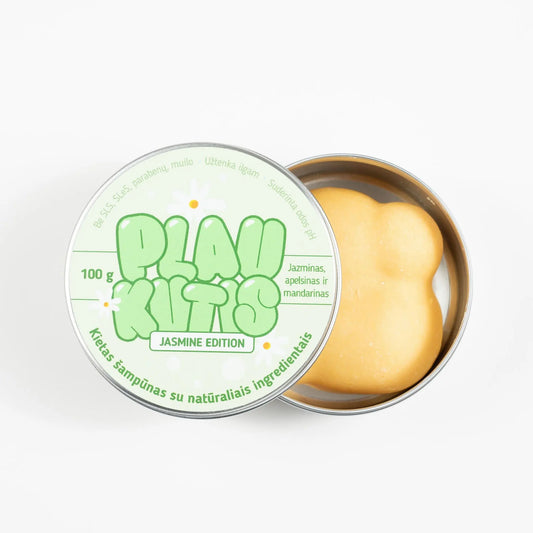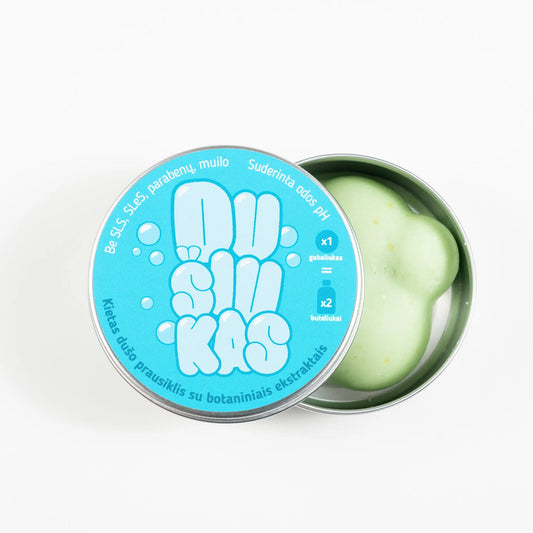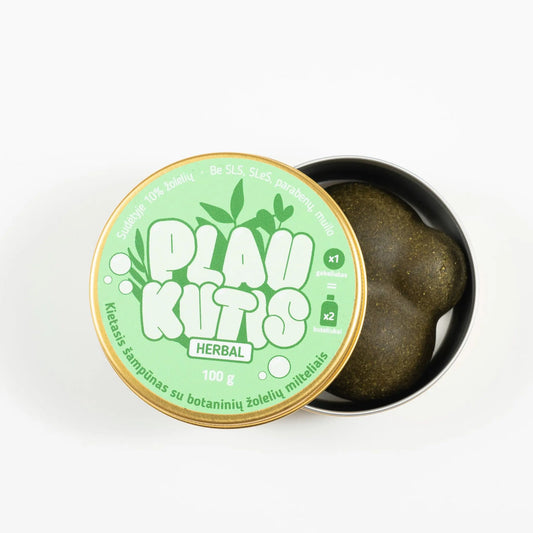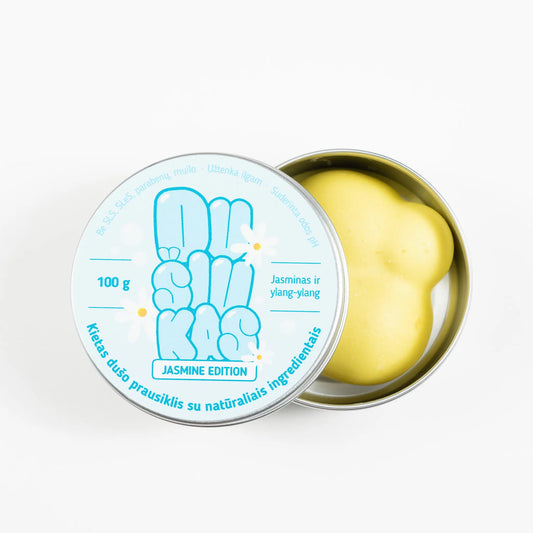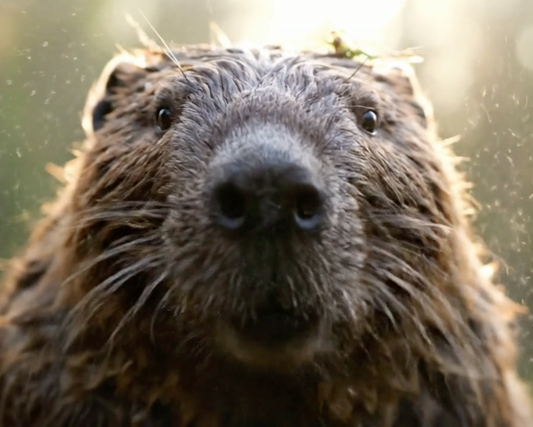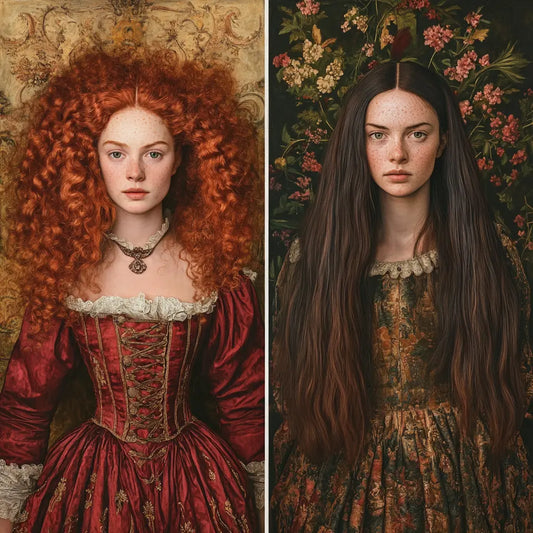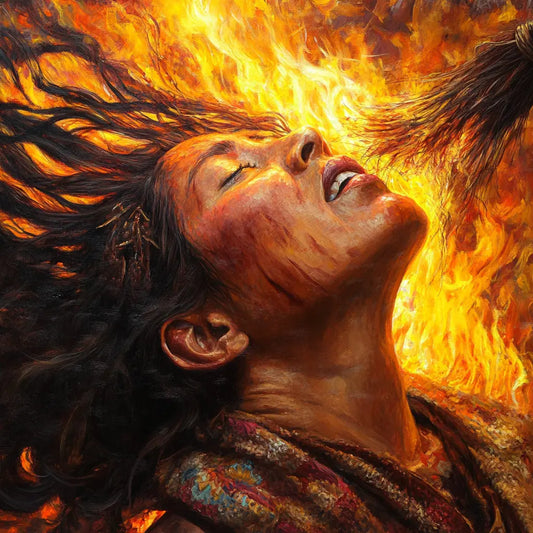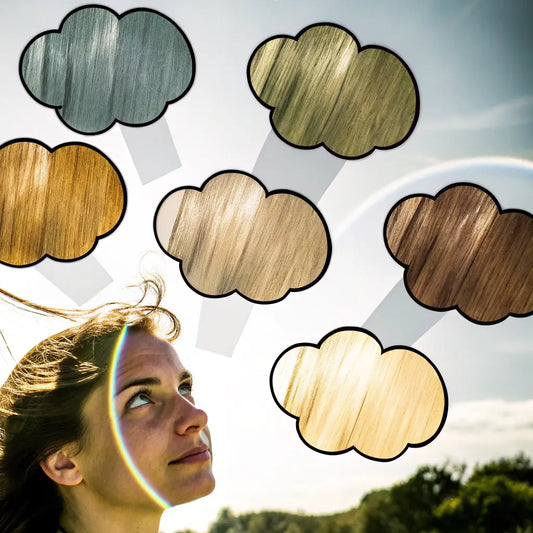Does your hair have different textures? Maybe your roots are straight and your ends are curly? Or maybe some parts of your hair are fine and others are coarse? This is called mixed hair texture – when you have several different textures on one head.
Mixed hair texture is determined by a variety of factors, including genetics, environmental conditions, and even your styling habits. This hair type is especially common in people of mixed heritage, but anyone can have this combination of hair. While caring for mixed-texture hair presents its own unique challenges, it offers the opportunity to adapt to individual hair needs and create a personalized hair care routine. Studies show that about 35% of people worldwide have mixed-texture hair due to their diverse genetic background. Understanding your hair texture and learning how to care for it is an essential step in maintaining healthy, beautiful hair.
In this article, we will discuss the characteristics of mixed hair texture, the challenges faced when caring for such hair, and provide practical advice on how to manage and love it.
Characteristics of mixed hair texture
Different texture from roots to ends
One of the most common signs of mixed hair texture is a distinct difference between the roots and the ends. It’s common for the roots of your hair to be straight or smooth, while the ends are wavy or curly. This difference occurs because the scalp’s natural oils (sebum) travel more easily through straight or wavy hair, making it smooth, while curly or highly coiled hair doesn’t allow the oil to reach the ends, making it dry.
A 2020 study published in The Journal of Hair Science found that people with mixed hair textures were 40% more likely to experience frizz and dryness at the ends compared to those with uniform hair texture. Understanding these differences will help you choose the right products to combat dryness and oiliness.
Texture differences along the length of the hair
Mixed texture can vary not only between the roots and ends, but also between different parts of the head. For example, the hair on the top of the head may be more curly or coarse, while the hair on the back of the head may be softer and smoother. This difference is often seen in those with a combination of curly and wavy hair.
Curl pattern variation is an important factor to consider when styling your hair. A 2021 study by the Global Hair Institute found that mixed-texture hair can have up to 30% different curl patterns , so each section of hair may require different care methods.
Genetic and environmental factors influencing mixed hair
Genetics play a big role in whether a person will have mixed hair texture. People of mixed ancestry often inherit different hair characteristics from both parents, resulting in a unique combination of curl, thickness, and density. Genetic research suggests that more than 20 genes are responsible for hair curliness, thickness, and texture, which explains why mixed hair texture is so complex.
Environmental factors also affect how these textures manifest. A 2019 study by the Climate Effects on Hair Foundation found that people living in humid climates were 35% more likely to experience frizz and changes in curl structure compared to those living in dry areas. Heat, humidity, and pollution also affect how mixed textures change on a daily basis.

The challenges of caring for mixed-textured hair
Managing different textures
One of the biggest challenges with mixed-textured hair is managing the different textures. Straight or straight roots can get oily more quickly, while curly or kinky ends require more moisture and frizz control. Balancing the needs of these different textures can seem daunting, but it’s all about adopting the right care routine.
For example, you can use a lighter serum on your roots to control excess oil, and a heavier cream or butter on your ends to lock in moisture. A 2021 study found that people with combination hair were 45% more likely to use three or more different products to manage their different hair textures.
Uneven growth and length
Mixed-texture hair often grows unevenly. Some sections, especially straighter or finer ones, may grow faster, while curly sections may shrink. Curly hair can appear up to 50% shorter than its actual length due to shrinkage , resulting in length and texture discrepancies.
Regular trimming of the ends is essential to maintaining a uniform appearance. Many stylists recommend a "curly cut," which takes into account the varying growth rates and curl patterns. If certain sections of hair are shorter due to shrinkage, regular moisturizing treatments and protective hairstyles can help promote even growth.
Choosing the right products
Choosing the right products for combination hair can be tricky. Hair needs can vary greatly from root to tip, so some areas of your hair may require lighter products while others may require heavier, more hydrating products.
- Tip : Use a variety of products for combination hair. For example, use a leave-in conditioner for frizzy ends and a light oil for finer roots to maintain balance and avoid weighing hair down.
A 2020 Hair Care Association study found that people who tailored their product use to different hair textures experienced 25% less breakage and 30% less frizz.
The best ways to care for combination hair
Creating a personalized hair care routine
The most important part of caring for mixed hair textures is to create a routine that is tailored to the needs of each texture. Here are some tips:
- Use heavier creams or oils for dry, curly hair sections.
- Use lightweight serums or sprays for softer, straighter sections to avoid weighing them down.
- Take care of your scalp health by using scalp scrubs or products that help support healthy hair growth.
- Use deep conditioning regularly to ensure hydration and strength for all textures.
Heat-free styling for combination hair
Heat-free styling is especially beneficial for combination hair, as it is more vulnerable to heat. Techniques like braids , twists , or necklaces allow you to combine different textures without the use of heat. These styles also help enhance the definition of curls in wavy or curly sections.
- Fun fact : A 2021 study found that people who avoided heat styling reported 20% fewer split ends and 35% more moisture retention after three months of heat-free styling.
Protective hairstyles, such as box braids , ponytails , or twists , are also great for combination hair. These hairstyles minimize hair manipulation, prevent breakage, and help maintain healthy hair as you transition from one style to another.
Daily care tips
Daily care for combination hair requires consistency. Here are some daily tips:
- Moisturize daily : Focus on curly or kinky hair, which tends to dry out. Use leave-in conditioners or oils to lock in moisture.
- Comb gently : Combination hair texture tends to be more prone to tangles. Use a wide-tooth comb or your fingers to gently detangle hair from ends to roots.
- Take care of your scalp : A healthy scalp is important for healthy hair. Massage your scalp to improve circulation and use a scalp scrub once a week to remove dirt.

Myth busting and interesting facts
-
Myth : You can use the same products on all sections of mixed hair.
Fact : Combination hair often requires different products to maintain a balance between textures. -
Myth : Mixed hair texture is too fragile and cannot grow long.
Fact : With proper care, mixed-texture hair can be just as long and strong as any other hair. - Fun fact : Mixed-texture hair can have 30% more frizz in humid conditions compared to uniform hair, according to a 2021 climate study .
-
Myth : Only hot styling can help manage frizzy hair.
Fact : Heat-free methods like braids, twists, or curls can help style mixed hair without damage. - Fun fact : Mixed-textured hair can lose up to 50% of its length due to curl shrinkage, which can make hair appear much shorter than it actually is.
Frequently asked questions
-
Can I have more than two textures in my hair?
Yes, often mixed-textured hair has several different textures, such as straight roots, wavy middles, and curly ends. -
What is the best way to control frizz in combination hair?
Products with shea butter or silicone are great for controlling frizz-prone sections of hair and maintaining smoothness in straighter sections. -
How often should mixed-textured hair be cut?
Trim every 6-8 weeks to prevent split ends and maintain a uniform texture. -
Can I dye mixed texture hair?
Yes, but regular deep conditioning and moisturizing is necessary, especially for curly hair, which is prone to dryness. -
What protective hairstyles are best for combination hair?
Box braids , twists , and updos are great because they protect the ends from damage and reduce hair manipulation.
Conclusion
Mixed hair texture is unique and versatile, but it requires proper care. By understanding your hair's characteristics, embracing different textures, and adapting your routine, you can maintain healthy, beautiful hair. Experiment with different products, techniques, and hairstyles to find what works best for your hair type. While mixed hair care can take time, the results are worth the effort.
